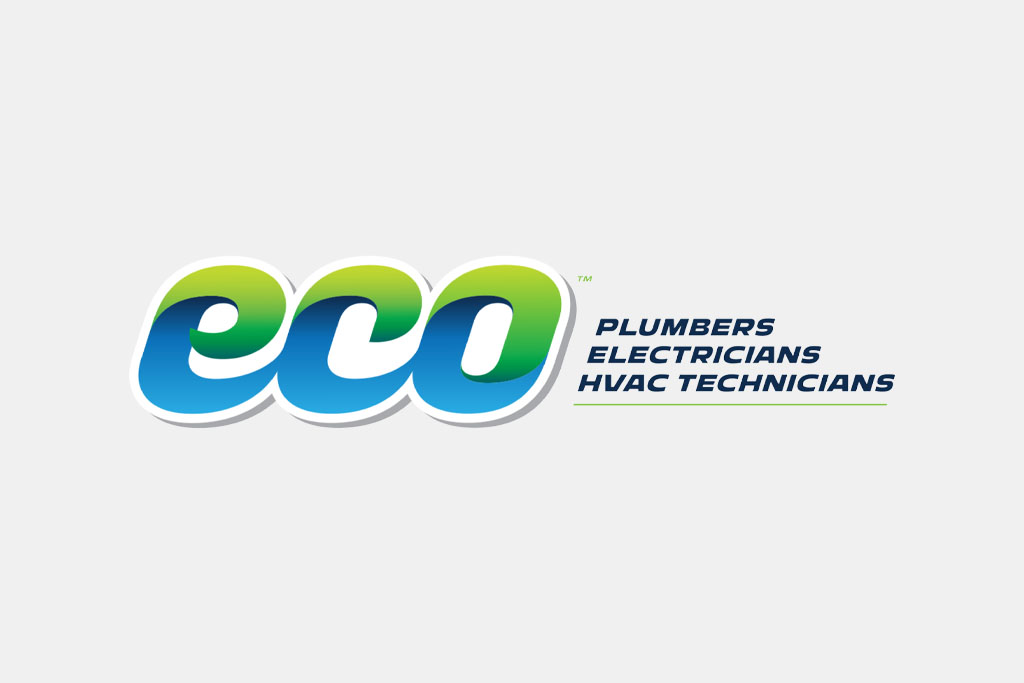Usually, we don’t consider the chemicals in our drinking water; however, every compound added through your city’s water treatment process has a specific purpose. Chlorine is one of the most common chemicals applied to our water.
So, why is it in there in the first place? Chlorine is added as a disinfectant. It eliminates bacteria, viruses, and other pathogens. Chlorine content must be high enough to neutralize germs, but low enough to avoid health problems. This is a delicate balance.
Once added, Chlorine quickly forms compounds with other elements in the water, so its disinfecting properties dilute during processing. Chlorine testing can either include tests for “free chlorine,” which is the amount of chlorine still available to disinfect the water, or “total chlorine,” which is the total amount of chlorine in the water. Additionally, water treatment facilities often mix ammonia with chlorine creating “chloramines,” and removing these compounds is vital.
So, how do I know what is in my water, and how can I make sure I limit unnecessary chemicals? Here are a few suggestions:
Request a Water Quality Report from Your City
The Environmental Protection Agency (EPA) requires local governments to send water quality reports by July 1st each year. Usually, these reports have detailed information on where your water comes from and what the chemical contents are. Often, you can see a water quality ranking based on Federal EPA standards.
Requesting this information, or paying attention to it when it comes, may seem overwhelming or unnecessary; however, it can provide you with valuable information, especially if you plan to treat your tap water.
Test the Chlorine Levels of Your Water
Unfortunately, water from your tap is frequently different than when it left the treatment facility. Because of this, testing the chlorine levels can be useful. Typically, you have two options:
Manual Testing – This is the cheaper route, but it does require more time. You can use chlorine testing strips, liquid solutions, or tablets to test chlorine in your water.
Automated Testing – This involves purchasing an electronic device known as a colorimeter, but they can be moderately expensive. Despite its higher price, it takes less time to get results, so you don’t have to wait around for water or strips to change colors.
Tracking the chlorine levels can give you confidence that you’re drinking clean water and showering without irritating your skin and damaging your hair.
Consider a Water Treatment System
Often, we avoid redundancies in life because they waste time or cost too much. Why buy a treatment system for your home if the water is already treated by the city? Well, the chemical content can change by the time water gets to your tap, so a treatment system can greatly reduce your health risks.
Here are some other reasons why a system can be beneficial:
Protects your appliances and plumbing from grit, wear and other damaging minerals.
Conserves energy
Aids in the prevention of irritated skin and eyes
Removes harmful chemicals before you drink the water
If you need more detailed information, seek out professional assistance. Qualified plumbing professionals, like our technicians at The Eco Plumbers, can help you understand your chlorine levels.Contact us today.












